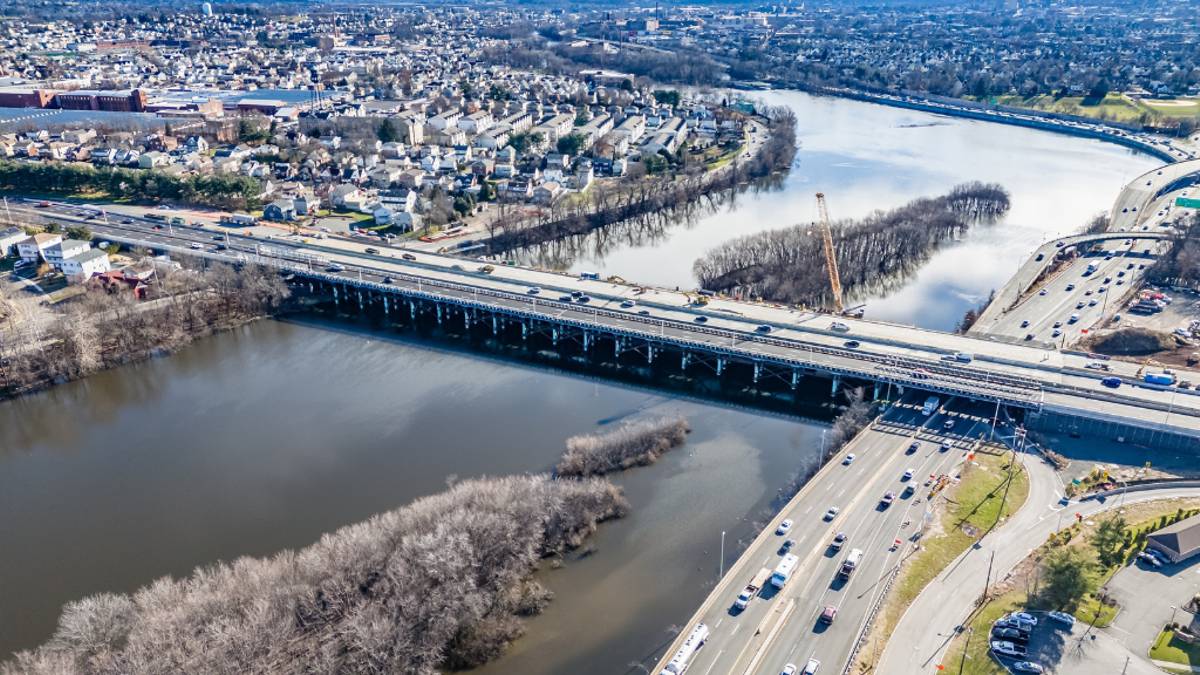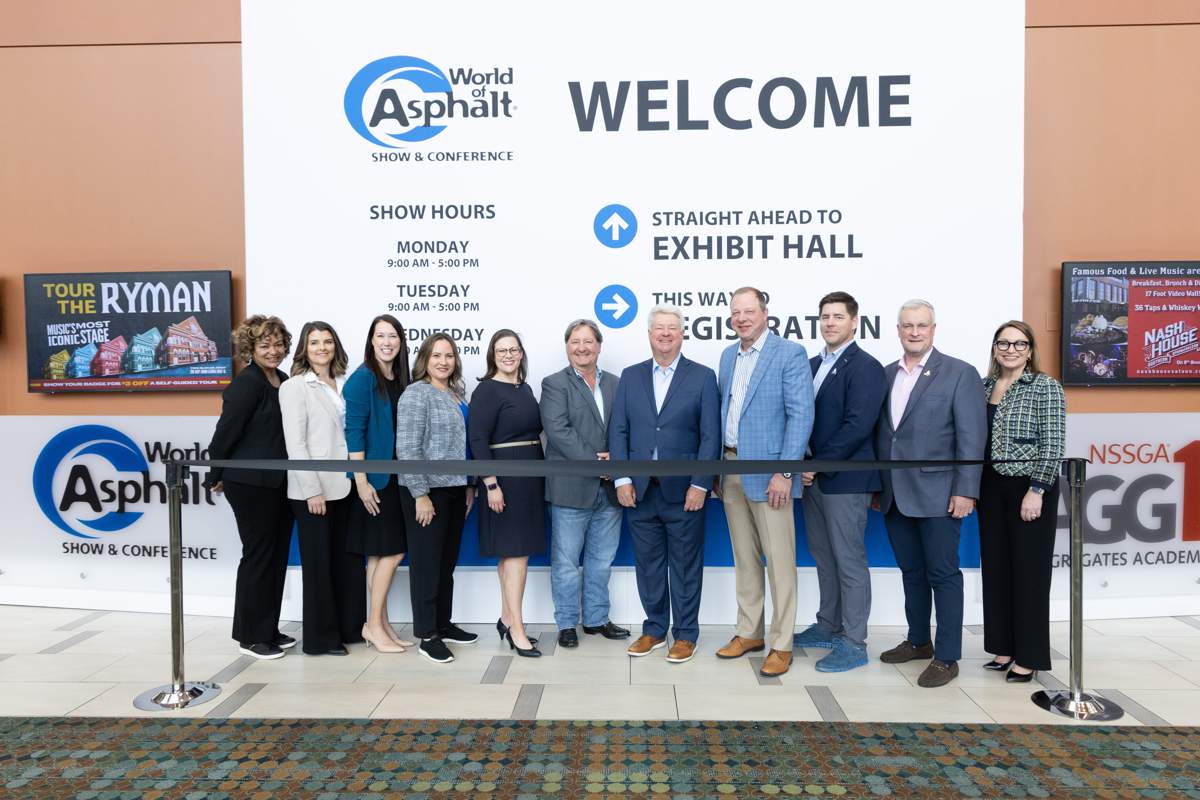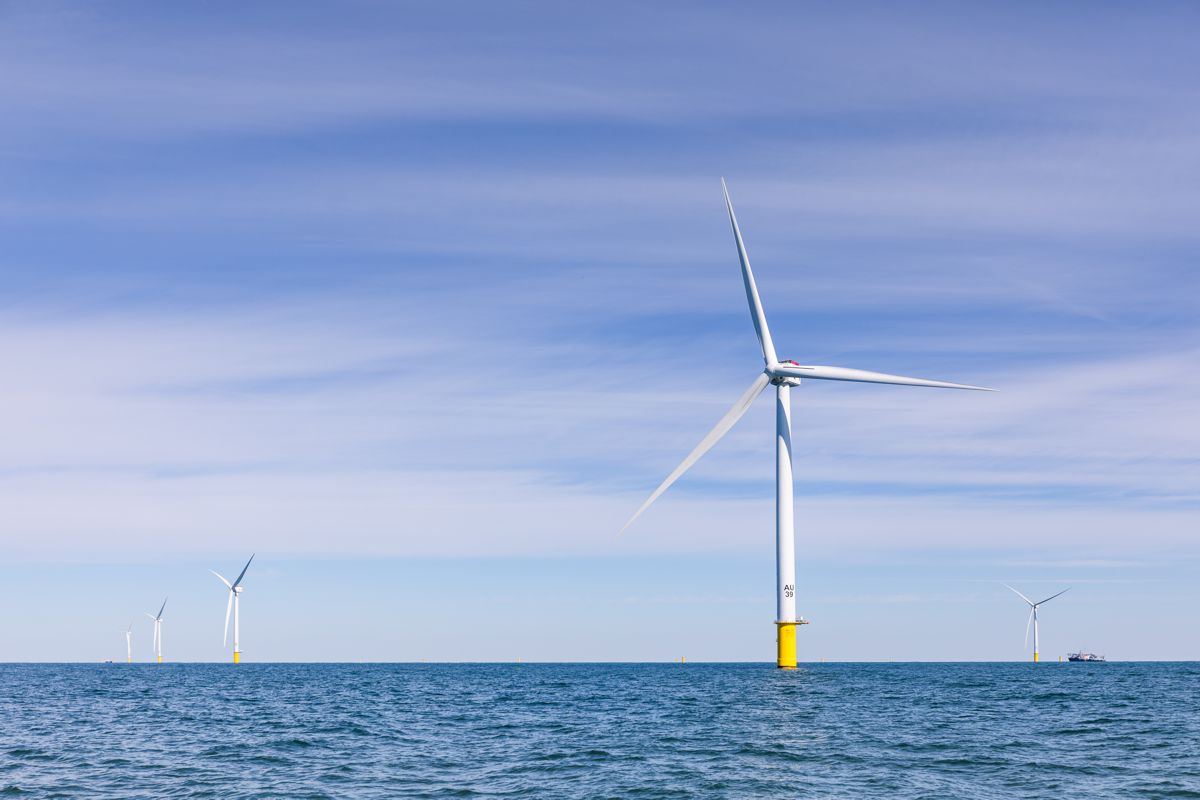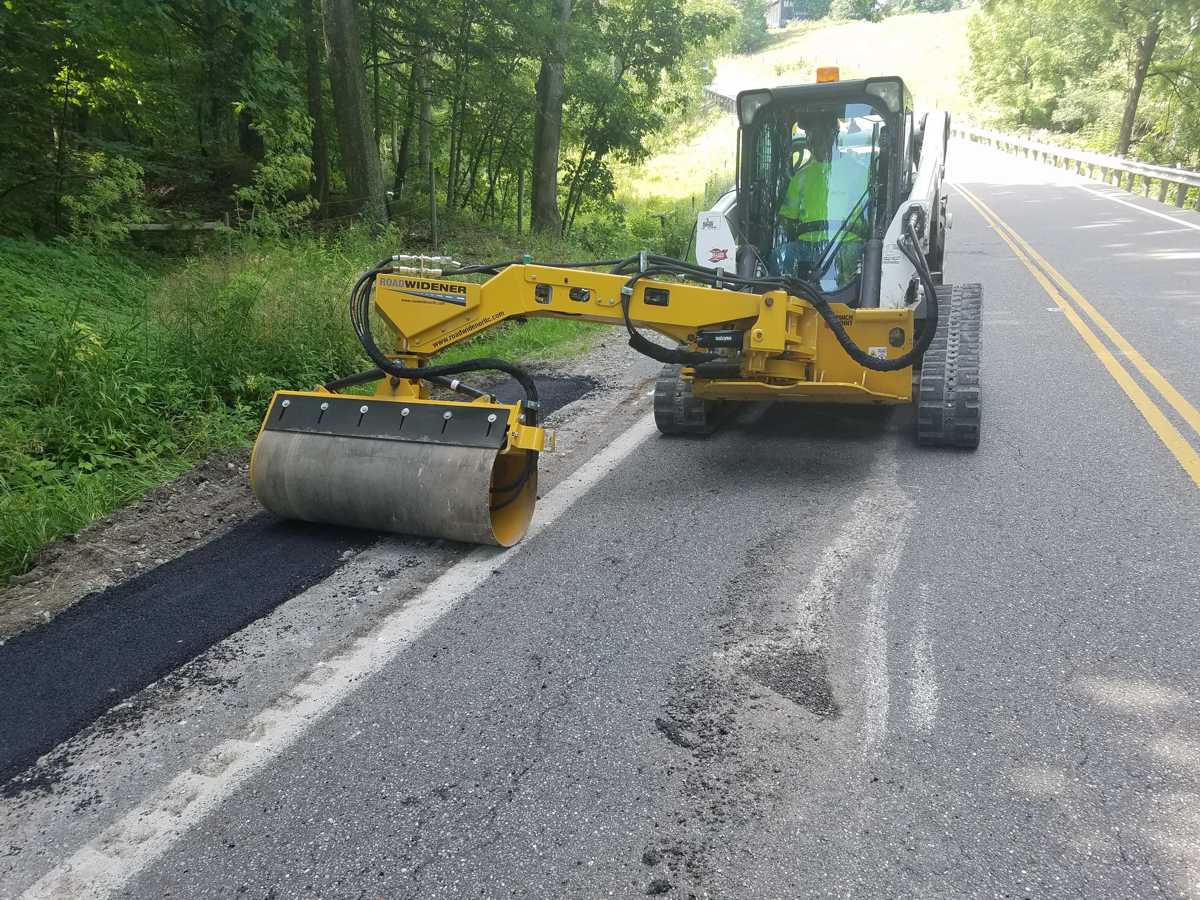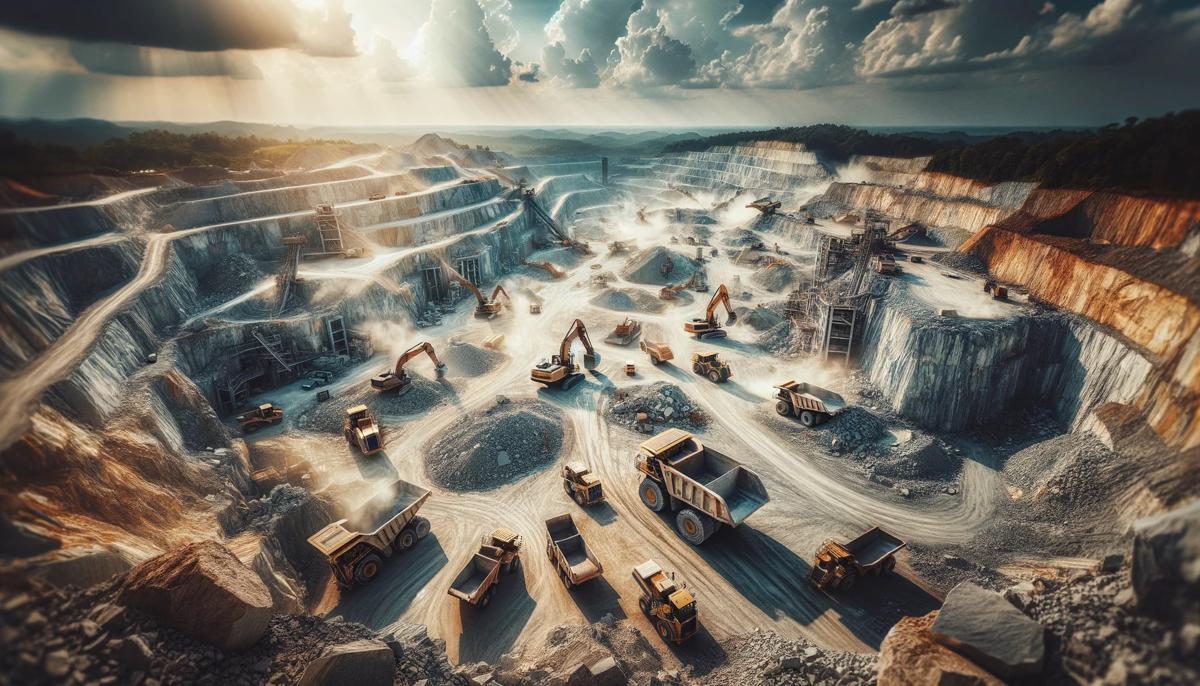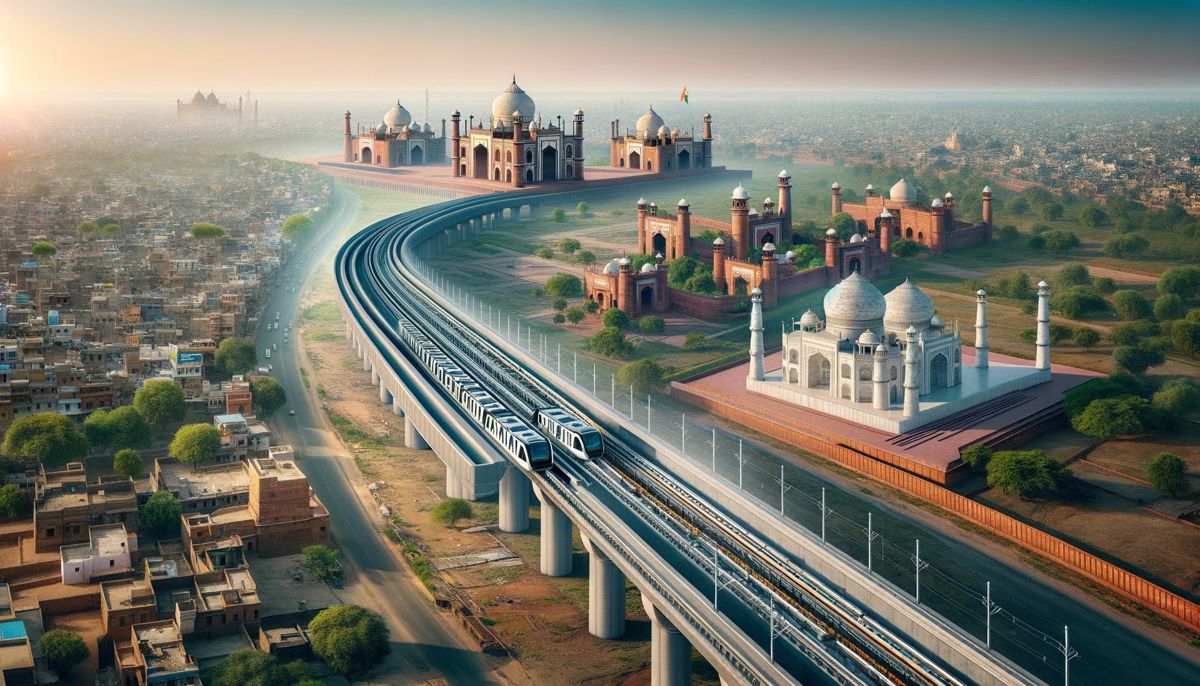The next ten years could be a Decade of Rail in the US
Arthur D. Little has published its latest report, Rail 2040, which explores the key trends reshaping the industry, assesses the general market environment for railway services, and delivers an informed outlook on the future of rail transport within the next 20 years. It also includes eight case studies which examine the potential for competition, regulatory impacts, and performance statistics in different territories.
The report builds on Arthur D. Little’s long record of advising railway systems around the world, systematically monitoring trend analyses on a global scale, and gathering direct insights from its rail clients.
While each national rail market has unique characteristics and corresponding macroeconomic factors, all European countries have major ambitions to develop rail for freight transport, passenger transport, or both. This is because the general demand for moving passengers and goods is expanding, and rail offers a number of advantages over other forms of transport.
Rail is both more energy efficient and environmentally-friendly than road transport – for example, France’s TGV consumes 3-4 kWh per 100 km against 15-20 kWh for an electric car. A high-speed rail line also has a transport capacity twice as large as a bidirectional three-lane highway with lower land consumption.
However, government and public transport authorities must make careful decisions to address three important issues in order to maximize rail transport’s potential:
- What is the best regulatory scheme to position rail as the platform of choice for modern mobility services?
- What is the best funding mechanism, and how can both public and private investment stimulate growth and innovation?
- How can multi-stakeholder ecosystems, which are key for integrated mobility systems, be encouraged?
When rail is the most efficient transport offer eg. city centre to centre with services of under four hours, its market share is often very high. However, to gain a stronger modal share, rail must progress in areas where it is less relevant today, such as over very long distances. Among other investments, this requires the building of new high speed lines, the development of longer train services, and the return of night trains.
Michael Zintel, Partner at Arthur D. Little and Head of Global Rail, comments: “While the rail industry’s technological development and growth rates have historically been modest compared to other transport sectors, a combination of emerging trends – including accelerated green transitions, technological breakthroughs, and increased regulation – mean that the next 10 years have the potential to be the ‘Rail Decade’.”







